Starting life as a de Havilland design, the Hawker Siddeley Trident was the world’s first jet airliner with three engines. With technologically advanced avionics and a high cruising speed, it formed the backbone of British European Airways (BEA) fleet. There are two videos about this jet below.
Powered by the Rolls-Royce Spey, the Trident 1C first flew from Hatfield on 9 January 1962 and entered service with BEA on 1 April 1964. Other operators included Channel Airways, Northeast Airlines, Air Ceylon, Cyprus Airways and China’s CAAC.
Trident Video
Following on from last weeks videos on the Fokker 100, this weeks are about the Trident. The first one below is about the introduction of the Trident 3B, the final and highest capacity version of the aircraft.
The video runs for just over two minutes and takes us through a proving flight to Majorca. It has some great air to air shots of the Trident as well as images in the cockpit and cabin, including meal service.
Unique to the Trident 3B is a fourth booster engine in the tail, which is mentioned in the video. BEA crews nicknamed the aircraft “the gripper” as its wing – designed for high speed cruising – had lower lift on the ground, making it take a long time to get into the air.
You also see the unusual offset nose gear, which is not in the centre as on most aircraft. This was to make more space in the bay for the avionics computers. The glare shields in the passenger windows are also something I’d never seen before or known about. It’s a great little film!
Autoland Pioneer
Prior to the Trident, if visibility was limited by fog at airports, aircraft would divert to other airports and have to wait until the fog had cleared. The advanced avionics on the Trident with its three autopilots checking each other meant this was now possible.
The first automatic landing in passenger service took place on 10 June 1965, while the first landing in conditions of no visibility took place on 4 November 1966. Commonplace today, the Trident was a true pioneer in this area.
Above is a twenty minute video called Clear To Land from 1968, all about the BEA Trident. It goes into some detail about the aircraft as well as a journey on board, starting at the West London Air Terminal in the city.
If you’re stuck for time, these are the highlights. 1:50 to 3:15 showing how the agents book a ticket for someone on the phone. 6:20 to 9:55 is all about the Autoland. After this, the rest of the video is a flight from Paris to London which is presented in detail and which is quite interesting.
Overall Thoughts
Just 117 Hawker Siddeley Trident’s were produced. Service ended in Europe at the end of 1985, as new noise regulations prohibited operations past this date without expensive modifications to make the aircraft quieter. Operations continued in China through to the 1990s, with the last flight on 24 September 1997 when one was flown to a museum.
You can visit a Trident at the Manchester Airport Viewing Park, where one is situated along with a Concorde. Like all British built aircraft, there is usually a story behind why they were not a commercial success. The Wikipedia article for the Trident covers it very well.
Have you flown on a Trident before? What was it like? Thank you for reading and if you have any comments or questions, please leave them below.
Enjoying the series? Check out the index to all the “Does Anyone Remember…” articles.
Flight reviews your thing? Mine are all indexed here.
Follow me on Facebook, Twitter and Instagram.
Featured image via BAE Systems.

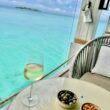


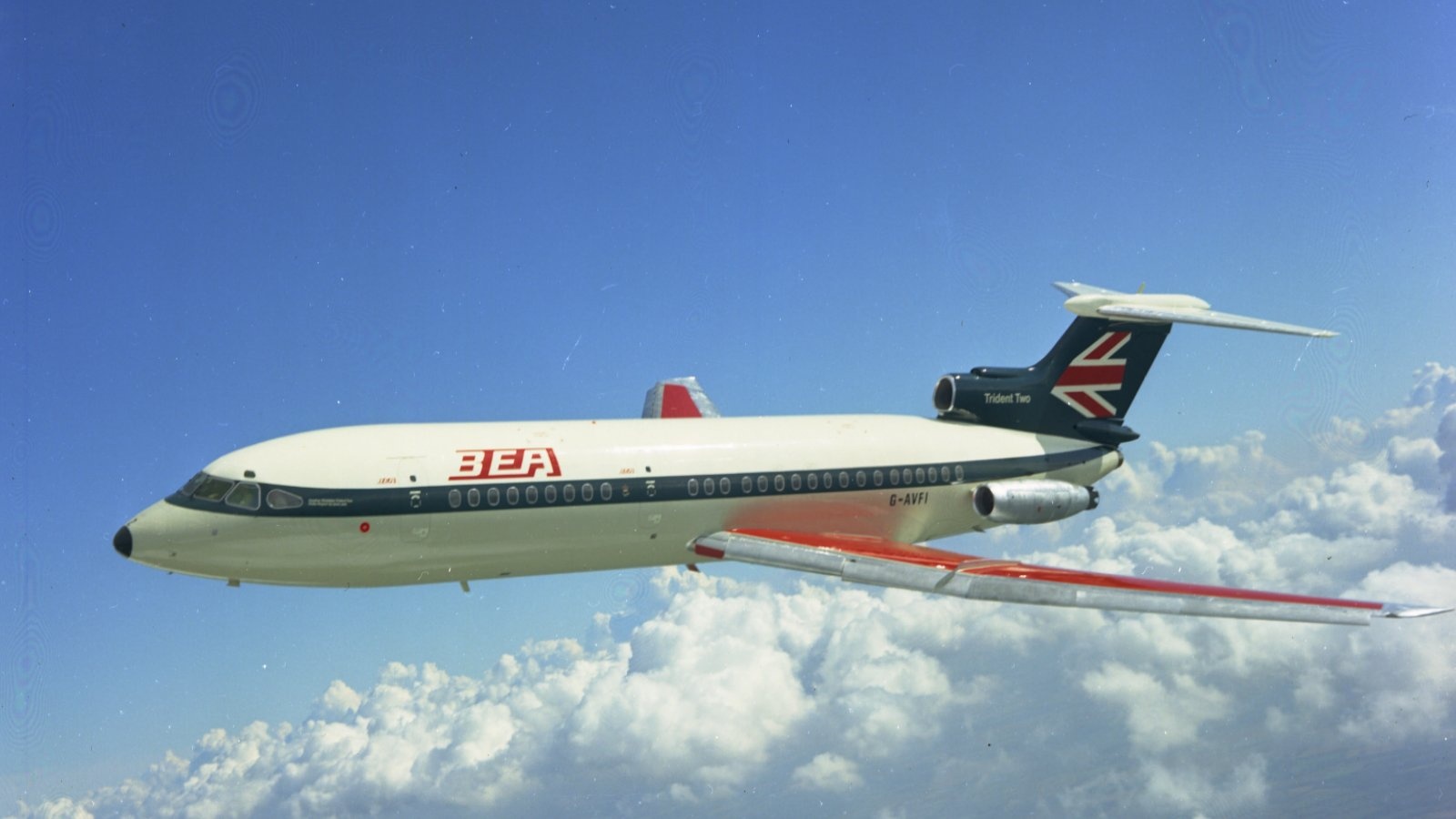
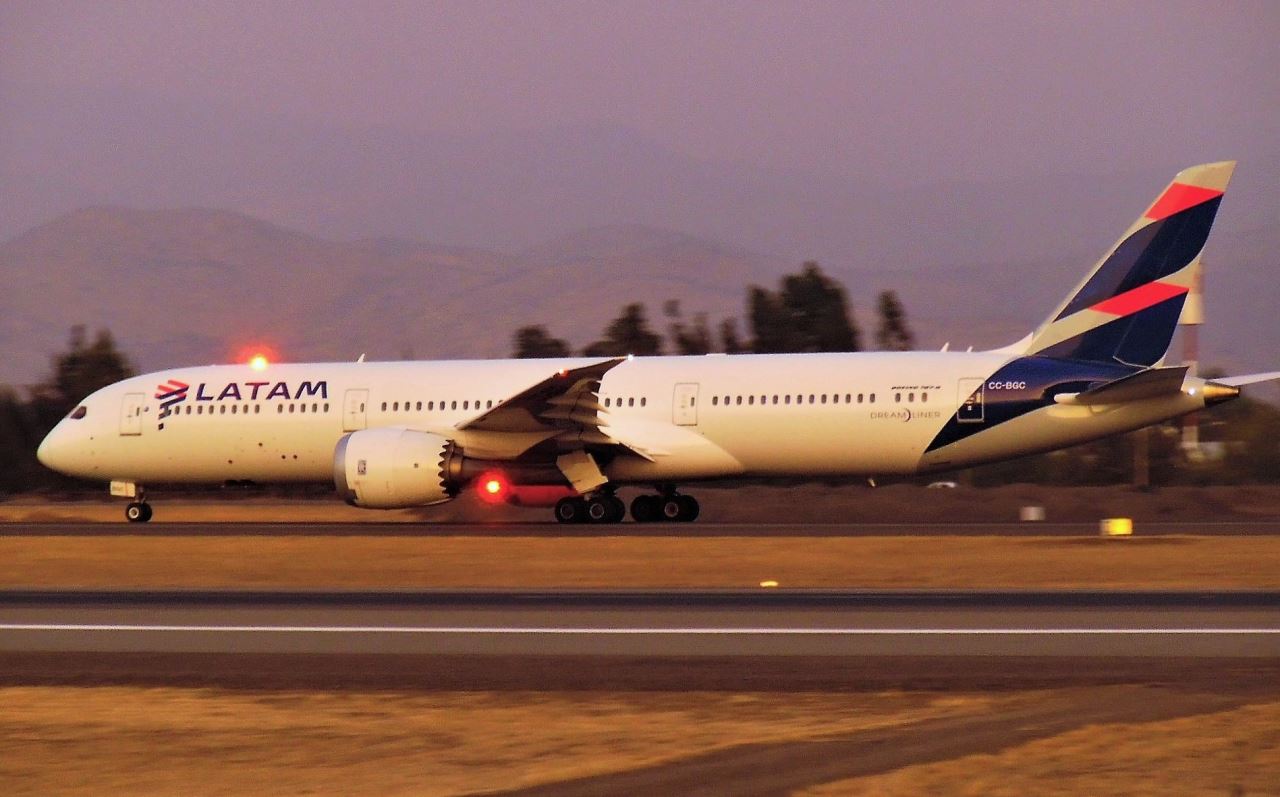
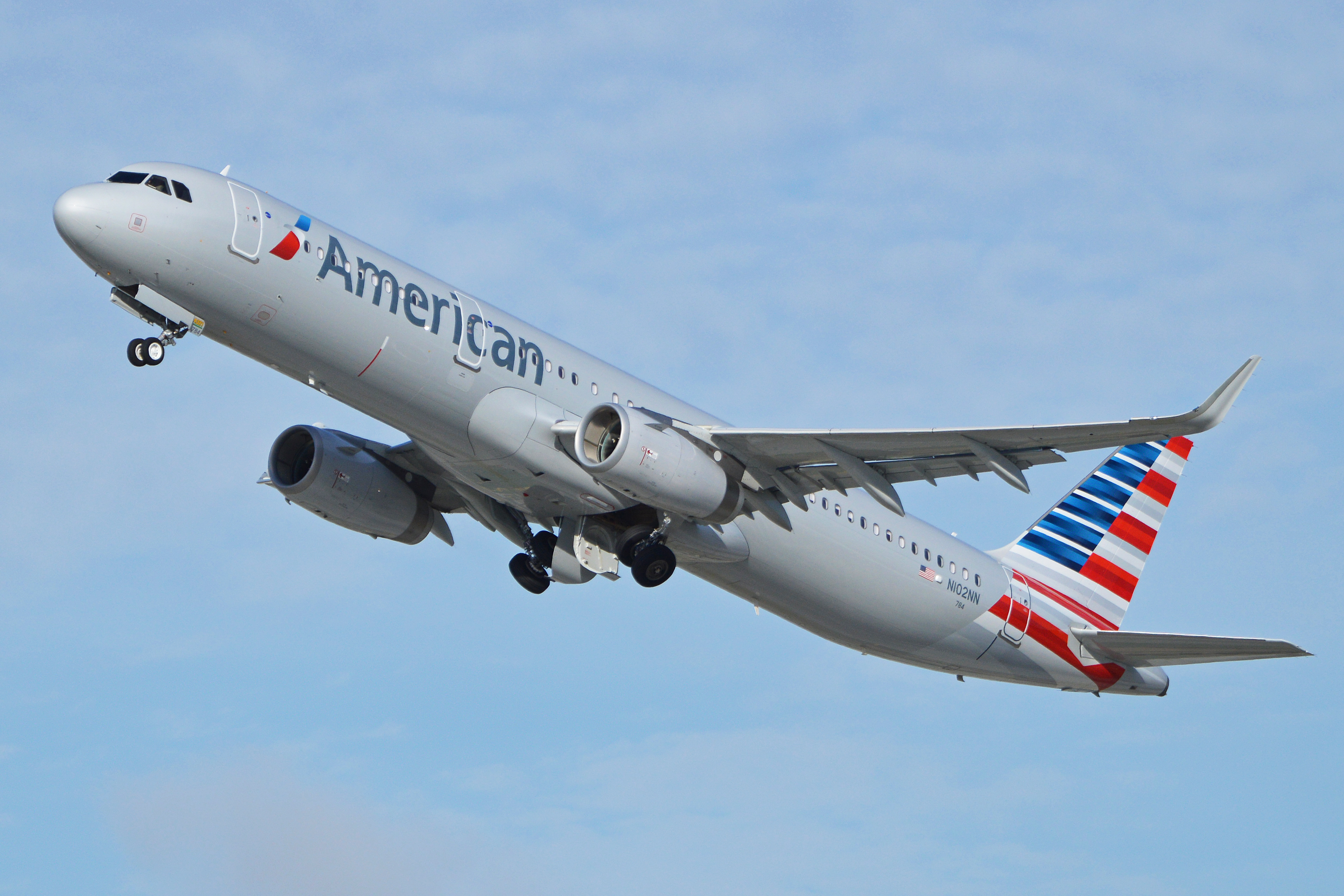
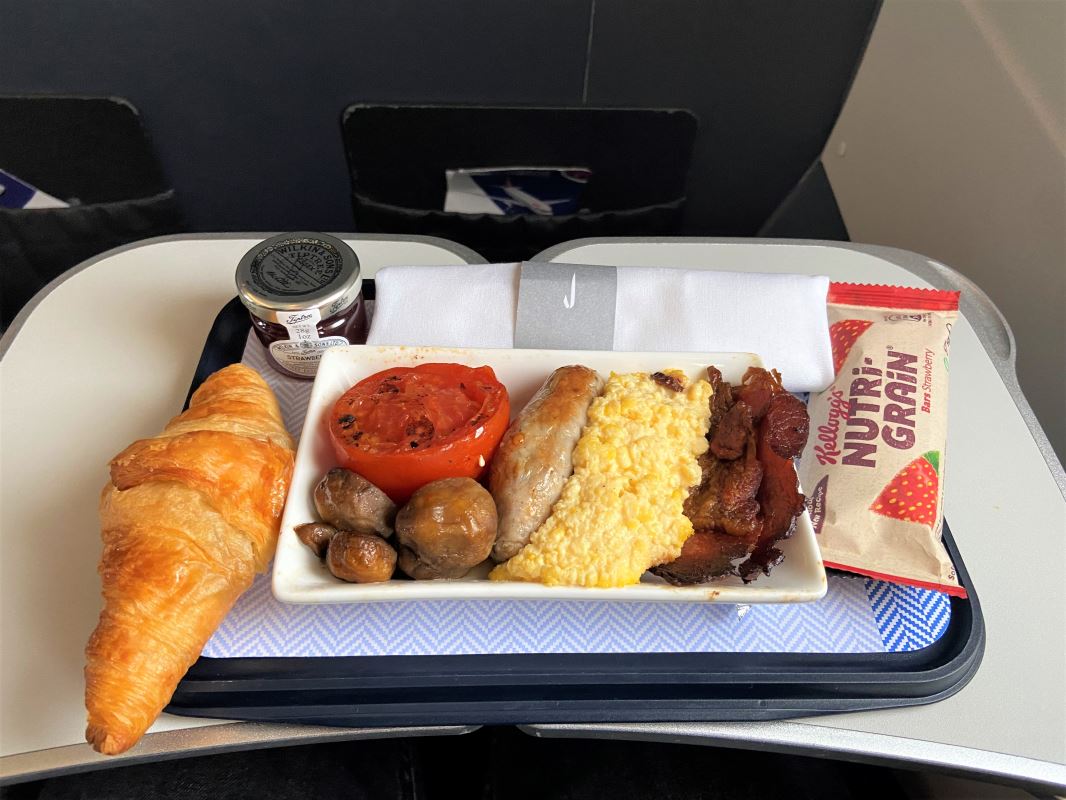

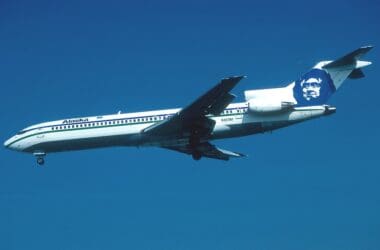
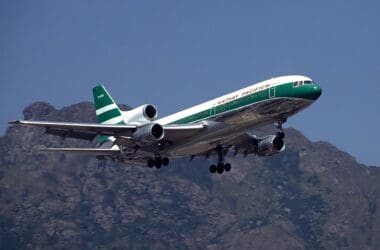
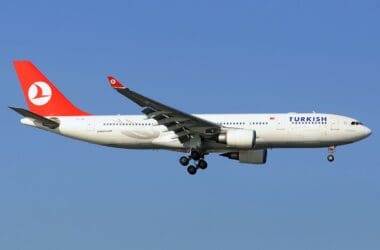
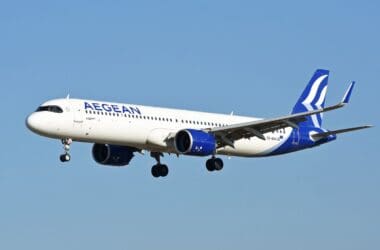
Thank you for bringing back heart-warming memories of flying on BEA Tridents for annual holiday trips from Heathrow to Turin with my parents in the mid-60s.
The journey time of 1.5hrs was a big improvement from the 2.5hrs in previous years aboard Viscounts!
As an 11-year-old, I found especially exciting the bus journey from West London Air Terminal, the exhilaration of take-off acceleration and the steep climb compared to the trundling and almost horizontal ascent of the Viscounts. I enjoyed the hot meals too that were served to everyone on trays, and the awe of being allowed to visit the ‘captain’s cabin.’
Sounds like it was all a bit of an adventure for you, as it is for most kids when they fly. Great time saving there as well. Wonderful times, I’m sure – thanks for the comment.
As a frequent flyer between London and Geneva/Zurich, along with other regular fliers I firmly resisted the offer of a Trident trip in favour of any airline not flying Tridents. The aircraft was noisy throughout the cabin, and seating cramped to support cost effective service. (BA also fed passengers with lunch boxes provided on entry)
Interesting! Having not flown on a Trident, it’s good to hear another perspective on it. I’m not too surprised by your comment I guess, because those older aircraft were not as quiet as today, that’s for sure. Thanks for sharing that!
I would respectfully disagree. The Trident had engines at the rear of the aircraft and the cabin was no more noisy inside than any other aircraft of the period. The rear engine location would have made the forward part of the aircraft less noisy than on aircraft with wing mounted engines. I would however agree that if seated right at the back of the aircraft near to the engines it could be noisy but the same would apply to any aircraft with rear mounted engines including the DC9/MD80 series aircraft that Swissair would have been operating on these routes at the time.
I also disagree with the statement that the seating was cramped. BA retired the Trident in 1985, well before any seat pitch reductions aboard scheduled flights started. The Trident cabin width was actually very slightly wider than aircraft such as the 707/727/737 and both the seat width and pitch of the 3 X 3 Y class seating was fine. BA Tridents were not configured in a high-density seating arrangement.
Concerning the ‘lunch box’ comment, I assume that this is a referencee to the period from April 1981 after BA abolished First Class on intra-European flights and split the Y class into C (Club/business) and M (discount economy) classes. ‘Lunch boxes’ were not a feature of BEA/BA service on any flight prior to April 1981 and on the LHR-GVA/ZRH route the minimum Y class service provided on a non-mealtime flight (timetable catering symbol ‘flight snack’) would have been a full cold meal (starter, cold main course, desert, roll and butter, cheese and crackers) served on a proper tray (yes, that was BEA/BA’s 1970’s definition of a ‘snack’!) or a full hot meal (substitute hot main course for cold main course) on mealtime flights. When the Y class cabin was split into C and M classes in April 1981, a slightly upgraded version of the old Y class service, now including free alcoholic drinks and champagne (alcoholic drinks had previously been charged for in Y class) and little extras such as hot towels and newspapers, were offered in C class (but no empty middle seat or lounge access at that time) while service in the M cabin was reduced to very low levels including the ‘meal boxes’ handed out on boarding on all but the longest intra-European sectors. A personal recollection of these reduced service levels from 1982 is that when travelling M class on the GIB-LGW route I had the audacity to ask a steward passing through the cabin with a coffee pot in hand if I could please have a second cup of coffee only to be abruptly informed that ‘refills are for Club Class only’. It was however soon realised that the standards of service in M class were unacceptably low and improvements were made during the 1980’s and 1990’s, the next big drop in M class standards occuring in the early 2000’s.
I can well understand an M class passenger in the early 1980’s preferring to travel from the UK to Switzerland with SR instead of BA though. Apart from the fact that I would rate SR higher than BA in any event, SR was one of the ‘hold out’ airlines (along with, for example, LH) who did not adopt the new intra-European class structure and, although they did both eventually introduce a C class at some point during the 1980’s, continued to offer First Class on intra-European flights until circa 1991. Therefore, a passenger who would have been seated in the M class cabin on a BA flight in the early 80’s would be seated in the Y class cabin on a Swissair flight and continue to receive a full service as opposed to the substandard BA service for the same fare.
In order to understand what was happening here, it is necessary to be familiar with the intra-European fares structure of the time. By 1981, First Class fares had become very expensive, there was only one fare type which did not vary from flight to fight or airline to airline and generally speaking, apart from child fares, there was no discounting. The fixed size F class cabins were also a problem. Undercapacity at peak business travel times, overcapacity at other times and on leisure oriented routes.
In the economy cabin, there were several different fare types, the number of such fare types increasing throughout the 1970’s. There were the so-called ‘full’ fares (Fare basis Y, one way or round trip, valid one year, could be purchased at any time, open sectors permitted, stopovers permitted, changes to reservation and full refund permitted at any time even in case of no-show) and various discounted fares, usually round-trip only, with differing restrictive conditions relating to minimum/maximum stay, ability to change reservations, requirement to purchase so long in advance, ability to make stopovers, ability to obtain refunds etc, the lower the fare, the more restrictions applicable to it. In many cases the lowest round-trip fare types could be lower than the ‘full’ one-way fare. There were also other discounts such as youth fares, student fares, spouse fares etc. There was no dynamic pricing; the fare for each fare type was fixed and did not vary although there were capacity controls on the maximum number of seats which could be sold at many, but not all, of the discounted fare types.
The ‘full fare’ Y class passengers were the most profitable passengers, more profitable than First Class passengers. The majority of such passengers also tended to be business travellers as the rules surrounding the discounted fare types were designed to be unattractive to business travellers, hence the name ‘business class’ for the new class which was created for them. By 1981 the airlines were aware of the increasing dissatisfaction among such passengers that they were paying a much higher fare than the average leisure traveller but getting nothing in exchange for that much higher fare in terms of service. Also, there was the realisation that suited briefcase travelling businessmen did not mix well with the increasing number of leisure travellers, especially families with children off on holiday (the so-called ‘bucket and spade brigade’) and had differing needs and expectations.
The decision was therefore made, implemented by BA and certain other European airlines with the commencement of the Summer 1981 timetable, to abolish the unprofitable First Class on intra-European flighs and split the Y class into two, Club/Business class for ‘full fare’ Y passengers and the Economy/Discount class for everybody else. The seats in both classes were the same and a flexible cabin divider introduced to enable the respective sizes of the two classes to be varied according to anticipated demand.
When travelling Y class aboard a BA Trident 2 or Trident 3 in the 1970’s, one very nice place to sit was in the small 3-row forward economy cabin situated forward of the centre doors immediately behind the First Class cabin. Another interesting feature of these aircraft is the fact that the forward rows of the rear cabin, from the centre doors to the emergency exists, were rear facing which was a strange experience during take-off as you could feel that you were going to fall forwards. It also created a strange railway style bay of 6 seats at the emergency exits where the rear and forward facing seats met.
There was one feature of the pre-April 1981 BA Tridents (and short-haul L1011’s) that I did not like. Every other airline which provided a First Class cabin on intra-European flights had a dedicated fixed-size F class cabin with a fixed cabin divider and proper dedicated 2 X 2 seating. BEA/BA however, although they had a fixed size cabin with a fixed cabin divider (the movable cabin dividers and variable cabin sizes started with the introduction of the Club class product) they installed convertible seats which could be used as 3 X 3 Y class seating if the flight operated in an all economy configuration or converted to 2 X 2 for First Class. This was a proper conversion similar to that used later for BA’s long-haul 1980’s SuperClub product and by GB Airways for their 1990’s Club class product which actually created a First Class width seat unlike the Club Europe product of today, but left strange bumps in the seat back in both configurations.
Fantastic! Loved reading this comprehensive deep dive into flying in that era, particularly on BA and the competition. Really great to read. I did fly BA in the convertible seats before they left and that width was really noticeable when they were adjusted. Thanks for taking the time to write all of that. It will be a good resource for the future, both for me and other people who come by to read this. Appreciate that!
My very first commercial flight was on a 1E belonging to Air Ceylon between Colombo and Bombay. Even got a brief look at the cockpit. Keep up the good work. Love the stories about the old Brit commercial jets.
That’s pretty great that your first flight was on a Trident 1E and Colombo to Bombay on Air Ceylon. Fantastic! Great you got to check out the cockpit too – it makes a first flight really special. Thanks for the kind words! There’ll be more coming as the weeks go by.
Another great article, Trent. Entertaining and educational!
Thanks for the kind words – I appreciate it!
I remember them well and liked flying them but hated them overhead as they seemed as noisy as Concorde.
As a plane, I far preferred them to the BAC 111 although quite enjoyed the latter’s rear steps which were internal to the plane and situated between the two rear engines.
Yes, apparently they were exceptionally noisy from the outside. Nice that you enjoyed flying on them though. I’ve seen the rear stairs and been in a BAC 1-11 at a museum. Not many aircraft had those, that’s for sure. Thanks for the comment!
I remember them well. Residing in Sydney Australia, I lived an worked in London around 1972 and recall Papa India doing an unscheduled drop near the Staines by-pass. while I was there. Flew several trips to Paris and back. Nice aircraft. Also flew the BAC-111 several times. Interestingly, the Australian government (being pro British at the time) tried to persuade the domestic airlines here to buy both, and penalised them when they bought B727’s and DC9’s instead. When the airlines convinced the government that the American products were more suited to Australia their import duties were refunded. We did see a couple of BAC111’s in Australia when the government bought two as VIP aircraft, attached to 34 Sqn RAAF. Nostalgia is wonderful at this time in my life!
It certainly would have been around a lot longer had they been able to cope with the noise regulations that came in at the start of 1986. That’s the reason they were out of service on 31 December 1985. I was not aware the Australian carriers were charged and then refunded their import duties on the aircraft! Great fact to know, really. You’re lucky to have flown on both the Trident and the One Eleven really. Thanks very much for the comment!